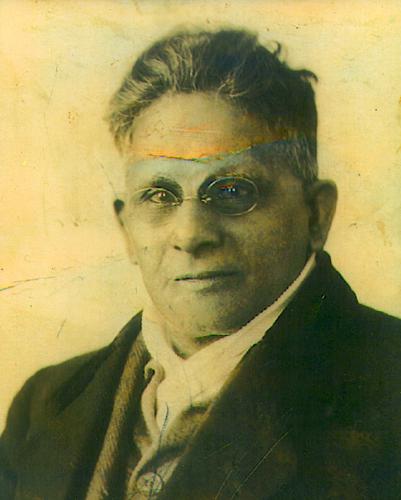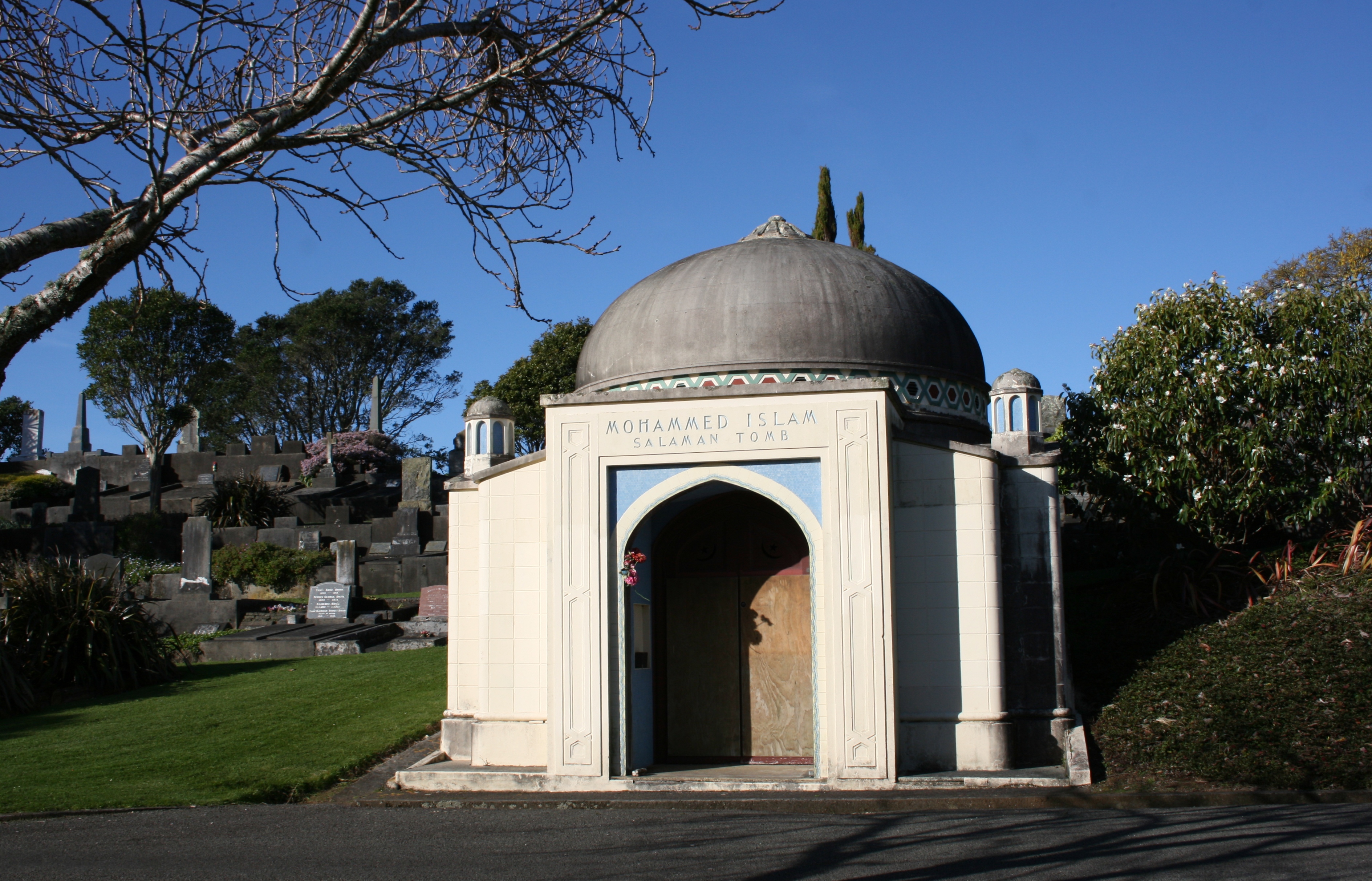



The extraordinary story of Abraham Walley Mohammed Salaman, a controversial Indian herbalist, gained renewed attention when it featured on the television programme Epitaph in 1999.
Salaman was born at Amritsar in the Punjab around 1885. He arrived in New Zealand in 1903 and began working as a silk merchant in Auckland and then Wellington.
In the early 1920s Salaman moved back to Auckland and set himself up as herbalist on Khyber Pass Road. Business flourished until 1924 when one of his patients nearly died. Salaman was charged with false pretences, convicted, and sentenced to one month in Mt Eden prison.
By 1930 he had moved to New Plymouth and continued to practice his alternative medicine. Controversy and legal action followed soon after. In 1930 he was convicted of the manslaughter of six-year-old Lyall Christie. Although sentenced to 12 months imprisonment there were many who continued to support him and protest meetings were held throughout Taranaki.
Salaman returned to India twice in the 1930s but eventually settled back in New Plymouth. His own health began to deteriorate in 1940 and he sought permission to build a tomb in Te Hēnui cemetery in traditional Islamic style, complete with ornate bronze gates. Although it took up the space of ten conventional plots he was allowed to go ahead and construction was completed by Jones & Sandford at a cost of £2500 - more than the cost of the average house at the time.
Salaman died on 8 February 1941 and after lying "in state" for a week more than two thousand people gathered at Te Hēnui cemetery to pay their final respects to the controversial herbalist, who was buried with "full Moslem funeral rites". His wife remarried and continued to supply New Plymouth with alternative remedies for a time in partnership with her new husband, Kwong Simpson.
In his will, Salaman left a block of land on Frankley Road to his wife and an adjoining block to one of his daughters. In June 1958 these were both sold to the New Plymouth building company Riddick Bros. & Still. The land, between Govett Avenue and Waimea Street, was later donated to the city and a decision was made to name Salaman Reserve after him. In 1991, as part of a Merrilands Lions Project, a large number of trees were planted in the reserve and a special plaque unveiled.
Epitaph II, published by Random House in 2001, includes a chapter about Salaman written by Graeme Lay.
Puke Ariki library catalogue record for Epitaph II
LinkPlease do not reproduce these images without permission from Puke Ariki.
Contact us for more information or you can order images online here.